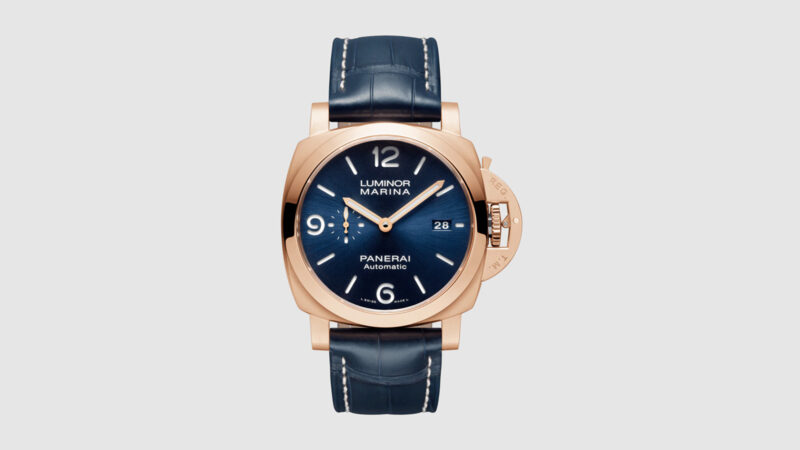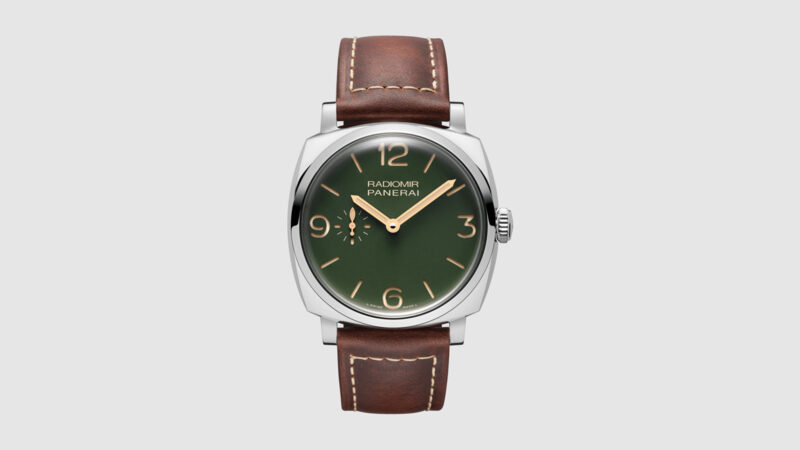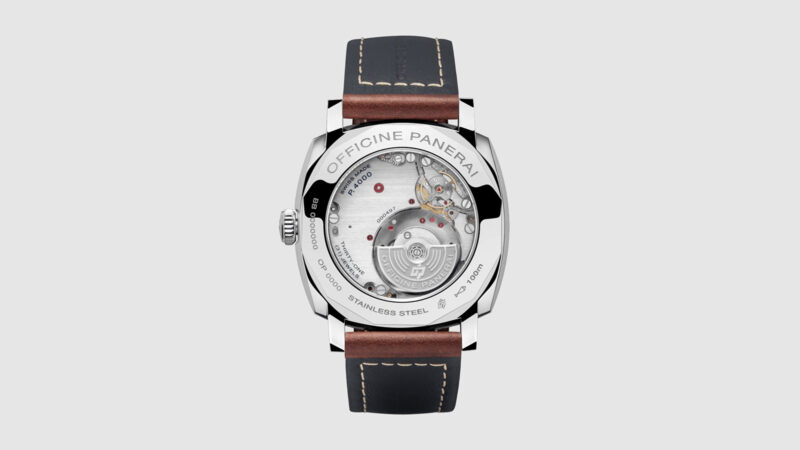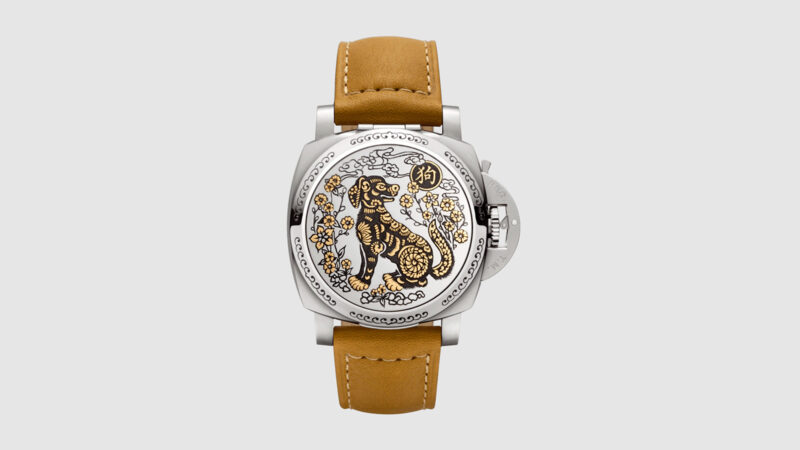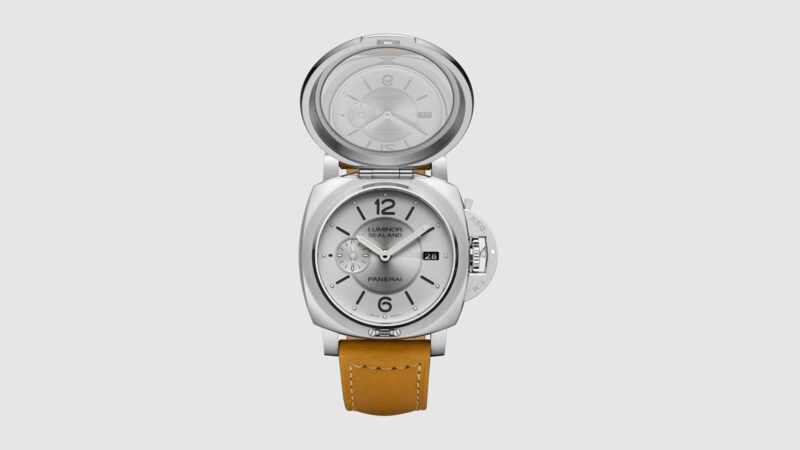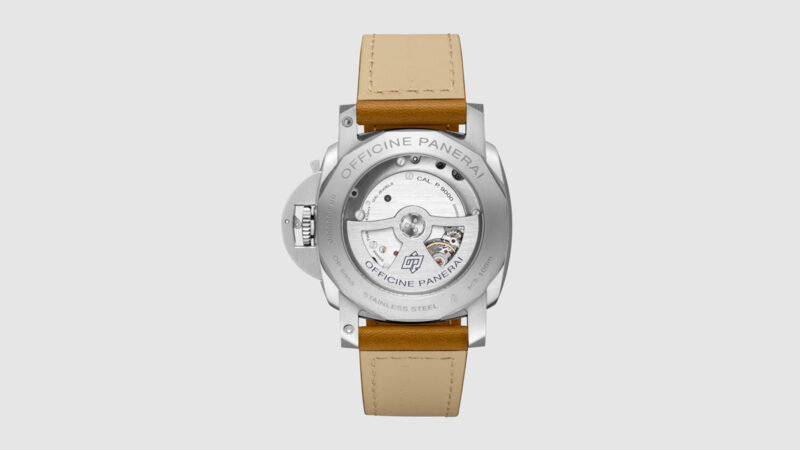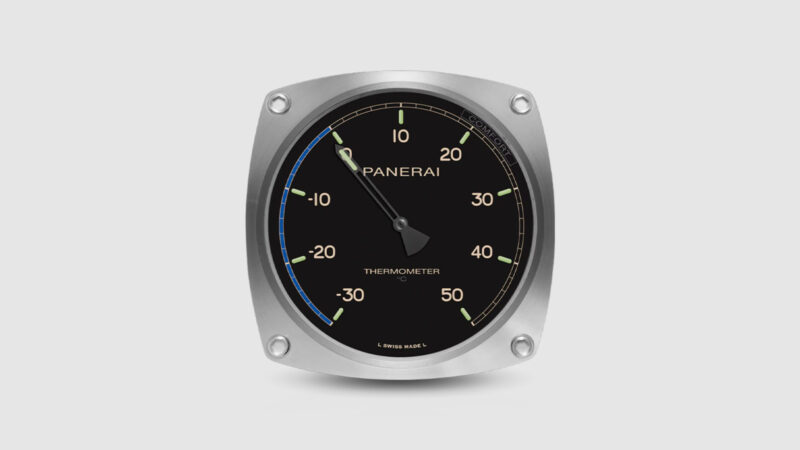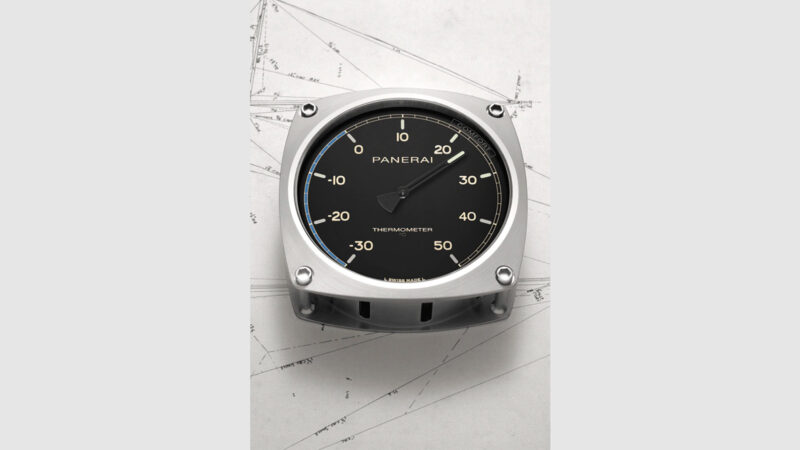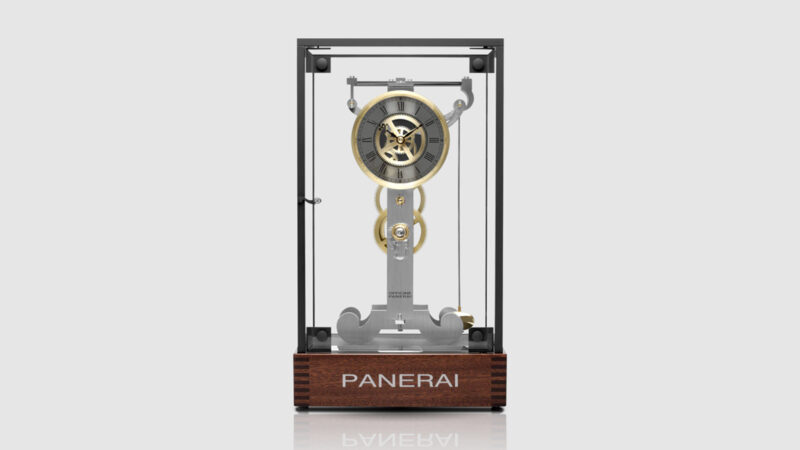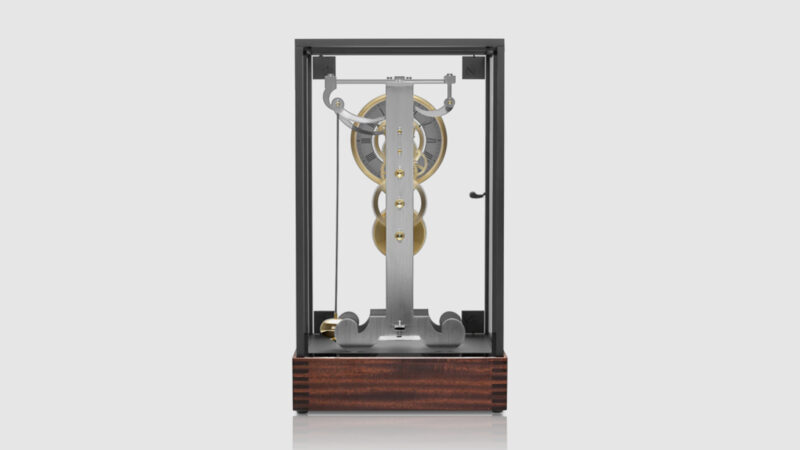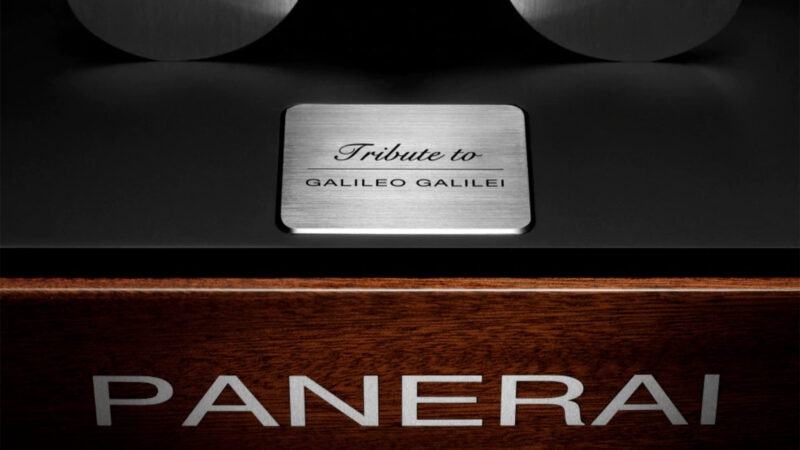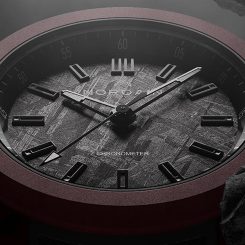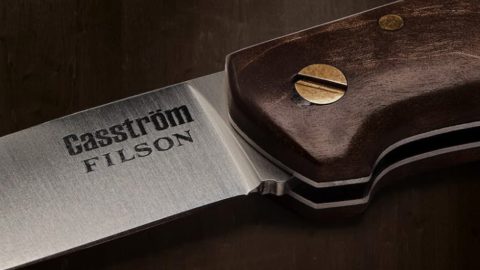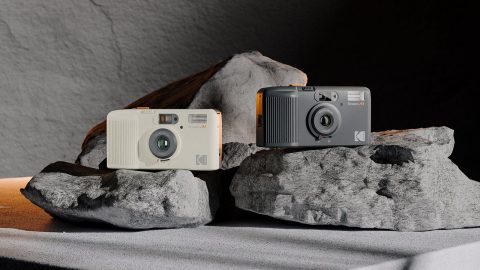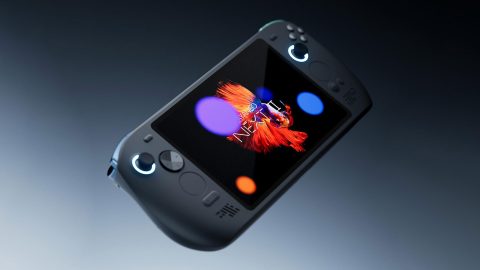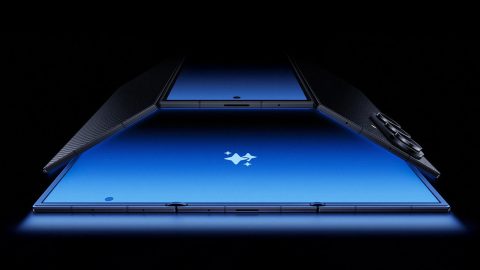Strength. Integrity. Motivation. Elegance. They’re all cornerstones of the legendary Panerai watch brand. Since its inception in the 19th century, the company has been associated with only the highest quality timepieces. The story is one of impressive growth — one that didn’t reach the masses until late in the 20th century.
In the Beginning
Founded by Giovani Panerai in 1860, the eponymous brand’s roots were planted in Florence, Italy, on Ponte alle Grazie. It was here where Panerai opened his first workshop — a busy and efficient spot that also served as the city’s horological training center.
By drawing both design and watchmaking enthusiasts, the spot quickly bustled with activity. Such was its success that at the beginning of the 20th century, Panerai relocated to the Palazzo Arcivescovile in Piazza San Giovanni. Newly named Orologeria Svizzera, the location remains the same even today.
Impressive Connections
Panerai was so successful that he eventually forged a contract with the Royal Italian Navy. Supplying them with high-precision watches, it paved the way for the creation of Radiomir. This radium-based powder was designed to illuminate the dials on watches. It was more than just an aesthetic benefit; it served as a source of great convenience for military members who relied on Panerai devices and instruments. Enhanced visibility improved safety.
These qualities transformed Panerai watches into more than just works of art. They were true pieces of work gear, and the radium paste quickly became a mainstay in the Panerai manufacturing process.
Radiomir was superior for its flexibility. It performed well underwater, making it a smart choice for versatile wear. It was also highly visible. These qualities transformed Panerai watches into more than just works of art. They were true pieces of work gear, and the radium paste quickly became a mainstay in the Panerai manufacturing process. Radiomir set the tone for the brand, marking one of the many groundbreaking patents it filed that essentially reinvented and innovated watch design.
The Radiomir Story
That type of innovation set Panerai apart from its peers. That so many in the First Submarine Group Command in the Royal Italian Navy relied on Radiomir was emblematic of its usefulness. The original prototype was so startlingly impactful that even today, many of those original features remain relevant.
The steel case, shaped like a cushion, measures 47mm. The numerals and indices glow in stunning luminosity, while wire lugs are welded to the case for greater security. The mechanical movement is hand-wound, and the strap is lengthy enough to be worn even over diving gear.
To ensure that its timepieces were as innovative as Radiomir itself, Panerai returned to the drawing board to create more refined pieces. The newer Radiomir models were uniquely designed with overlapping plates on the dial, with strategic perforations that allowed the radium paint itself to appear more visible and luminous. The wire lugs were strengthened or integrity. The brand also focused on improving visibility underwater by eliminating the small seconds hand and incorporating four oversized Arabic numerals on the cardinal points.
Eventually, the Royal Italian Navy issued more demands of Panerai. They sought watches that were strong enough to withstand underwater conditions for even longer periods of time. Panerai continued in its efforts, reinforcing the lugs and using high-quality steel to ensure resistance in the water.
As advancements in the industry continued, so too did the brand’s dedication to innovation.
Through the years, Panerai continued to build on perfection. As advancements in the industry continued, so too did the brand’s dedication to innovation. It paved the way for Luminor, an even more superior product made with tritium, or hydrogen isotope. Luminor’s hallmarks were its substantial protective bridge featuring sturdy wire lugs made with steel to match the cushion-shaped case.
By the mid 1950s, the Egyptian Navy sought help from Panerai, too. The newly forged alliance inspired a new watch known as the Egiziano. The Radiomir model was noteworthy for its substantial size and durability. It was highly resistant to water and featured a marked bezel, which allowed the user to determine how long the watch was immersed.
The Modern Day Launch
That Panerai is known for its attention to detail and non-conformity is no surprise given its rich and inventive history. But what may be intriguing is the fact that its products were not available to civilians until 1993. It was during this period that Panerai launched a series of three limited-edition timepieces: the Luminor, Luminor Marina, and Mare Nostrum. All were designed with a nod to the past, taking inspiration from those that were designed decades ago during World War II.
That Panerai is known for its attention to detail and non-conformity is no surprise given its rich and inventive history. But what may be intriguing is the fact that its products were not available to civilians until 1993.
They were instantly sought after by watch enthusiasts all over the world. Even the initial presentation was lavish, with a grand showcase on the Durand De La Penne Italian Navy cruiser attended by national royalty. The fanfare alone was enough to sway Panerai. The brand allied itself with a distribution network and began selling its watches throughout Italy.
A year later, it took an even greater step and took on the international circuit. The new collection included the Luminor and Luminor Marina, along with a refreshed version of the Mare Nostrum. Clean lines, handsome materials, and superior strength all set these watches apart from other timepieces on the market.
By the late ’90s, Panerai was, indeed, a major player. They refurbished and reopened their original boutique in 2001, thereby introducing to the world the brand and its impressive background. What was once a bustling workshop had become a central meeting zone for watch enthusiasts. It was where they could gather and discuss innovations in the industry, observe changes in the Panerai lineup, and discover limited-edition pieces that were sold only in boutiques. In 2002, the brand achieved another milestone when it opened its doors in Neuchâtel, Switzerland. This was followed by a boutique in Hong Kong’s Prince’s Building.
By the late 2000s, Panerai was well on its way to modern superstardom. They continued to churn out new calibres, including the memorable P.2005. The timepiece was known for its elegance, featuring an eye-catching tourbillion that was designed to complete a single rotation in just 30 seconds. It was markedly innovative, as the standard tourbillon could not accomplish that in less than a minute. Later came the P.9000, which offered 72 hours of reserved power.
Nods to the Past
If nothing else, Panerai is appreciative of its roots. Those humble beginnings continue to inspire even today. The brand created two Radiomir watches in 2012 that were directly influenced by the originals designed in the 1940s. These were essentially remodels of the old versions, only with higher-end materials that promoted stability. Plexiglas®, for example, was used to safeguard the dial, and a cylindrical crown was included.
By 2013, the brand introduced an automatic movement. Then they launched the groundbreaking P.5000, which offered an attention-grabbing eight days’ worth of reserved power. Yet for all of their modernity and technological spirit, the watches all drew on the legendary attention to detail and innovation for which Panerai is so well known.
The Collections
Whether you hope to include some of those hints of the past in your own wardrobe or want to elevate your timepiece game with something fresh and contemporary, you’ll find a vast selection of styles in the Panerai collection. A few of the most noteworthy include:
Luminor Marina Goldtech Sole Blu
As striking as its name suggests, this magnificent work of art stands out in rich navy blue as dramatic as the depths of the sea. Trimmed in warm gold, the automatic mechanical movement offers three days of reserved power and features see-through sapphire crystal at the back.
Radiomir 45mm
If you take your inspiration from decades past, this handsome watch is sure to delight you. From its warm brown calf leather to its contrasting beige topstitching and military green dial, it’s a true work of art from top to bottom.
Luminor Sealand
Since it was introduced in 2009, the Luminor Sealand has earned a rightful spot on most-coveted-watch lists around the world. It’s designed in honor of the Chinese Zodiac, featuring phenomenal workmanship and eye-catching artwork that sets it apart from other decorative timepieces.
Table Clock
It’s the rare table clock that captures such sophistication and elegance at a glance, yet this model manages to do it with grace and ease. Made with brushed and polished steel, the 65mm timepiece features a bold black dial with luminous Arabic numerals and hour markers. The striking silver base is etched with the “Officine Panerai” label.
Thermometer
Panerai has always stood for innovation. Its thermometer, designed for sailors, channels the brand’s impressive background in military design. This hardy piece of equipment has a solid steel bezel, a crisp black dial, and a sleek steel case. The brand also designs barometers and hygrometers in the same family.
Pendulum Clock
At a glance, it’s easy to understand how a clock can command so much attention. This showpiece features a black aluminum frame and a beveled glass cabinet, allowing it to stand out beautifully on its deep mahogany frame. The dial is sandblasted to perfection and features Roman numerals. It’s an artful piece that hints to the past while reveling in modern innovation.
The Panerai story is ultimately one of commitment, dedication, and spirit. It speaks to a higher echelon of design — a sense that there’s always room for improvement and an understanding that there’s never room to settle where high-quality timepieces are concerned.


